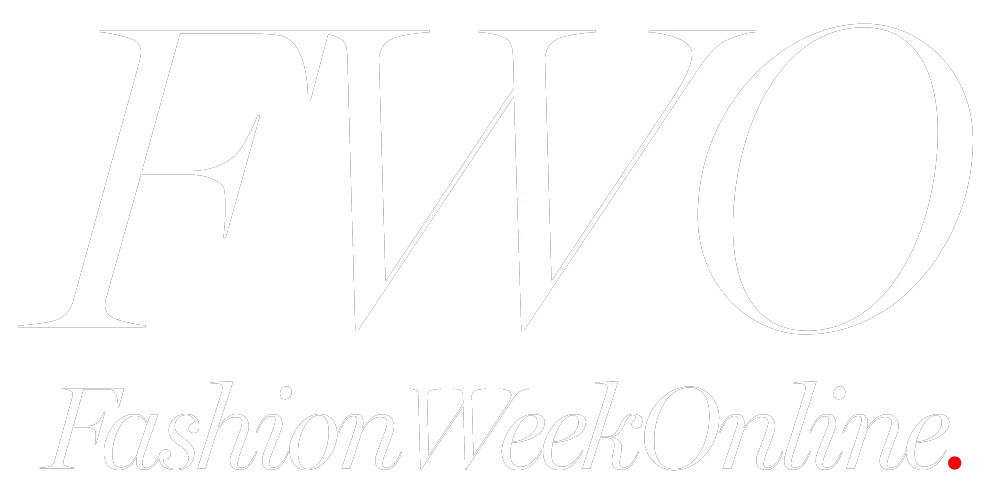In a world where personal style reflects who you are, it’s essential to consider how your financial decisions align with your life as a model.
Life insurance may not be the flashiest topic, but it is crucial in financial planning. As you curtail your wardrobe for essential pieces, you should prioritize securing your economic future. Life insurance provides peace of mind, ensuring that your loved ones are cared for in case of unexpected events. Beyond the safety net, it can also influence how you approach investments and savings. Ultimately, considering insurance as part of your style can lead to holistic financial well-being.
The Importance of Life Insurance
Life insurance offers crucial protection for your family’s financial future. In a sudden loss, it helps replace lost income and covers expenses, ensuring that bills do not burden loved ones. Whether you have a mortgage, children, or other financial obligations, having a life insurance policy is a safeguard against uncertainty. The aim is to ensure you have the right coverage for your lifestyle and responsibilities as a model. With flexible life insurance coverage, models can adjust their policies according to their needs, making it a perfect match for different life stages. Choosing the right plan reflects your values and desires, indicating a commitment to your family’s security. Thus, investing in a life insurance policy means more than financial security—it embodies your dedication to a stable future.
Understanding Different Types of Life Insurance
Whole life insurance can act as both protection and an investment. On the other hand, term life insurance offers coverage for a specific duration, allowing models to select the duration that best suits their needs. It’s often more affordable than whole life, making it an accessible choice for many families. Universal life insurance combines flexibility and a cash value component, appealing to those who want to adjust their payments based on changing circumstances. Choosing which policy to pursue is critical and should reflect personal values, financial goals, and family dynamics.
Life Insurance as a Financial Tool
Viewing life insurance merely as a safety net overlooks its potential as a financial instrument. Policies can provide cash value, a feature that can be leveraged for loans or capital during emergencies. This can be an essential asset in your financial portfolio when managed wisely. Furthermore, some life insurance plans offer investment options, generating returns to enhance savings. This dual benefit of protection and investment aligns well with wealth-building strategies. Incorporating life insurance into a well-rounded financial plan can aid in navigating financial markets. Thus, understanding its potential can elevate the conversation around its importance, and with informed decisions, one can utilize it as a robust financial tool.
The Cost of Life Insurance
The cost of life insurance might be a deterrent for some, yet it’s essential to consider its long-term benefits. Monthly premiums vary based on age, health, lifestyle, and the type of policy. Younger individuals generally benefit from lower premium rates, making it worthwhile to invest early. Additionally, the importance of shopping around cannot be overstated—comparing quotes helps find competitive rates that suit one’s financial situation. While the upfront cost may seem daunting, consider it a small price for the peace of mind it provides. Investing in life insurance signifies preparing for the unexpected, transforming how one approaches spending and saving. Ultimately, understanding how to budget for life insurance makes it more achievable and illustrates its value in a broader financial strategy.
Life Insurance and Taxes
Your life insurance policy can have significant tax advantages, which can be an attractive feature for many. In many countries, the death benefit paid to beneficiaries is often tax-free, offering a substantial financial advantage for your loved ones. Furthermore, the cash value growth in specific policies may not be subject to taxation until withdrawal, further enhancing its appeal. Understanding these tax implications can influence your overall financial strategy, allowing for informed decisions that align with your future goals as a model. Balancing life insurance’s protection with its benefits creates a robust financial foundation. Simultaneously, consider consulting an economic advisor to navigate the specific laws and guidelines surrounding your policy. Knowledge about tax implications illustrates a sophisticated understanding of personal finance, reflecting on intelligent planning.
How to Choose the Right Life Insurance Policy
Consider your current life situation; this includes dependents, liabilities, and long-term goals. Each individual’s needs vary, and it’s crucial to have a clear understanding. Consulting with a financial planner can provide valuable insights and help determine which coverage amounts and types are most suitable. Additionally, regularly reviewing your policy ensures it evolves with your life changes. An adaptable plan can accommodate new financial responsibilities like mortgage obligations or growing families. Making informed choices highlights life insurance’s role in your overall financial wellness, providing security for a bright future.

Investing in life insurance emerges as a fundamental strategy for forward-thinking individuals. It is a vital component of financial planning, acting as both a safety net and an asset. By understanding its various forms, associated costs, and benefits, models can better appreciate its overall function. This knowledge empowers people to make informed decisions that reflect their values and priorities. Life insurance reveals its true significance when woven effectively into a personal finance strategy. For stylish, confident living, embracing life insurance enhances financial stability and underscores commitment to loved ones and the future.
##





